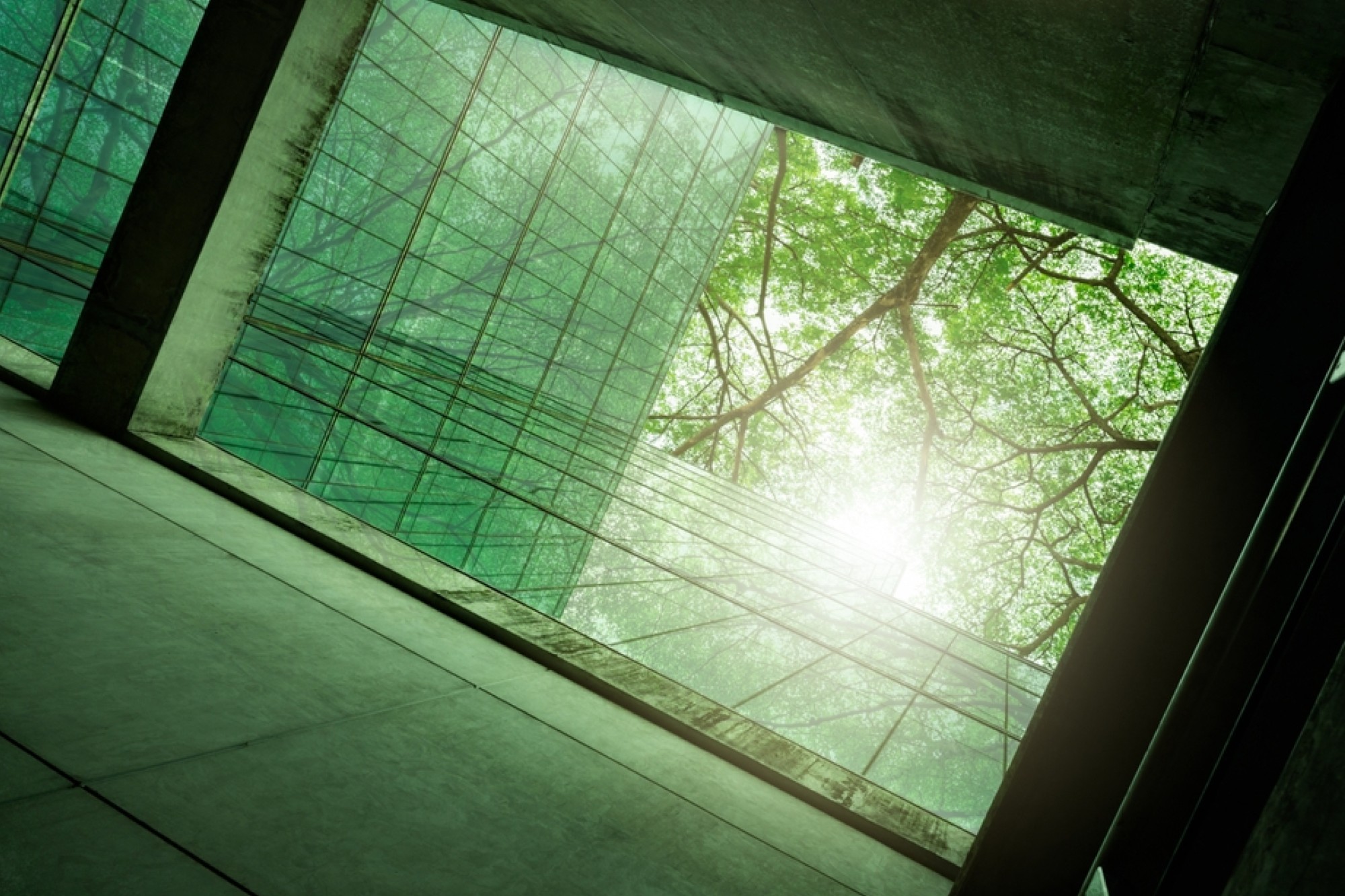India’s drive towards eco-friendly construction practices

Along with innovations in this area and the formation of partnerships, an active effort is extremely essential for the construction industry to adopt sustainable practices as they build for a better future.
India has witnessed a construction boom in recent years as incomes rise and lifestyles evolve. Due to the overwhelming migration of people from rural areas to urban spaces, cities are expanding for those who come in search of a better standard of living. All of this is leading to space constraints and pressure on infrastructure, increasing the overall usage of energy to a very large extent. While development is essential, the environment cannot be depleted with every step. Sustainability in construction is the need of the hour.
To begin with, we need to understand the concept of sustainability. It refers to the practice of building structures and using processes that are environmentally friendly throughout a building’s life cycle, right from the design stage to construction, maintenance, renovation, and ultimately deconstruction. This approach is one that also takes into account the concerns of economy, utility, durability, and living comfort.

Sustainable construction protects the environment, improves air and water quality, reduces waste, and also conserves nature; all of these factors are very important for the future. There are certainly economic benefits too, like reducing fuel costs and improving the overall performance of the building. Additionally, sustainable construction practices improve comfort and health and also help minimise strain on local infrastructure, which is crucial in a country like India, which is overpopulated.
Sustainable construction practices help counter climate change and global warming. These are the two factors that will shape the living conditions of future generations, as far as the environment is concerned. To sum it up, ‘green buildings’ are built with a holistic approach to design and construction. According to the definition by the Indian Green Building Council, a green building uses less water, optimises energy efficiency, conserves natural resources, generates less waste, and provides healthier spaces for occupants, as compared to a conventional building.
For the benefit of the future, planning and design are the first phases of the project. The general approach in India needs to take into account the sustainability aspect. At the planning and design stage, construction specialists need to inculcate innovative methods that will ultimately reduce the adverse effects of pollution and natural resource depletion. At this stage itself, the aim should be to minimise the use of energy when the construction of the building is in its operational stage. The design should also account for the integration of systems like rainwater harvesting and waste management.
Construction involves a lot of materials, and the usage and procurement of some of these are harmful to the environment. However, many eco-friendly building materials have emerged in the industry to reduce the environmental impact of construction. Sustainable practices include increasing the use of eco-friendly materials like fly ash, bamboo, and others that are not as harmful to the environment. Increasing the usage of manufactured sand and recycled aggregates leads to better energy efficiencies too. Additionally, the use of local materials helps reduce the carbon footprint associated with the transport of materials, which in turn helps the environment.
It is merely impossible to imagine construction without concrete, and hence it’s extremely crucial to make it as environmentally friendly as possible by using limestone supplements like clay slags, silica fumes, wood ash, and most importantly, the old concrete debris itself as an aggregate while formulating.
In recent years, our government has joined hands with international and private green bodies to introduce initiatives and step up efforts to incentivise builders, businesses, and households to build and live in responsible and sustainable societies. Local governments also offer many green certifications, which are good for the practice of sustainability as well as an attraction for homeowners. Builders can also help educate their teams and the masses about the importance of green buildings and building efficient communities.
All in all, it comes from understanding the value of biodiversity and, more importantly, the importance of ecological preservation and longevity.
Cookie Consent
We use cookies to personalize your experience. By continuing to visit this website you agree to our Terms & Conditions, Privacy Policy and Cookie Policy.






